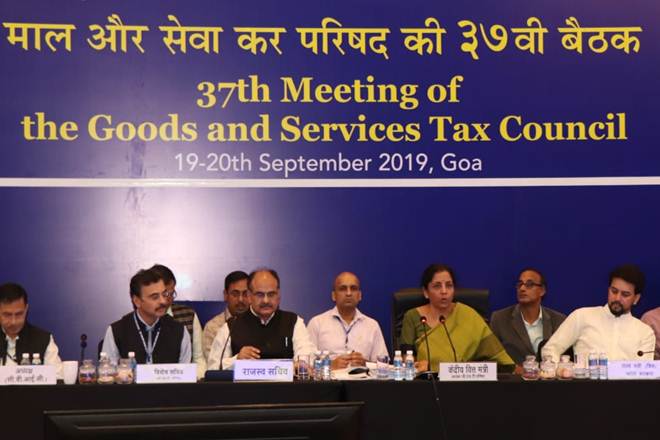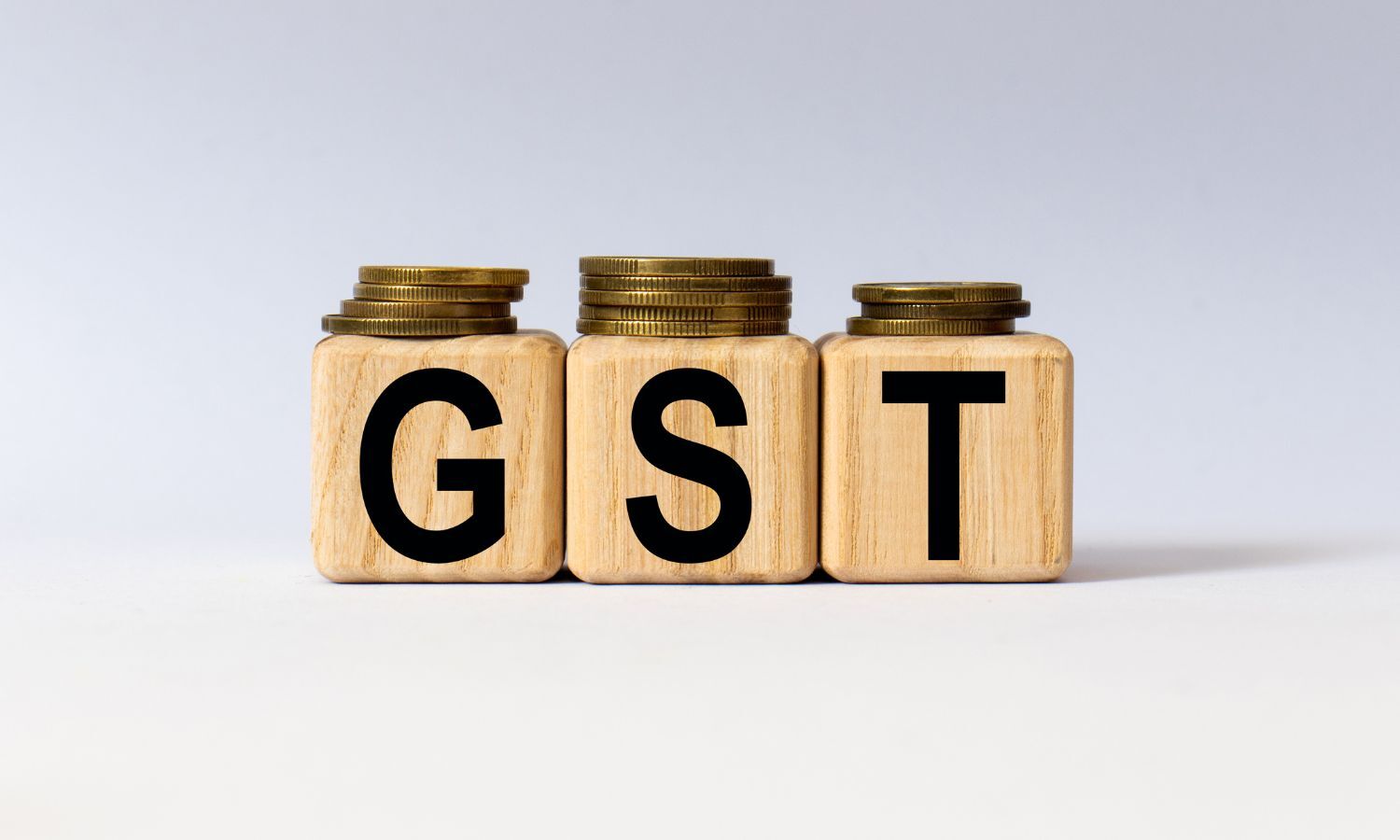
GST Review: Only way to increase revenue is to plug the leakage, curb fake GST invoices
GST Tax: Concerned with the dwindling tax collections under the GST, the Modi government has embarked on one of the most comprehensive review of a nationwide common goods and services tax (GST) so far. It has constituted a committee of 12 central and state officers to thoroughly review the tax rate and other issues. The committee has also held its first meeting in Delhi last week. The review was ordered in the wake of a steep decline in GST collections last month when it went below Rs 92,000 crore, the lowest in the last 19 months and the second-lowest since its implementation in July 2017. A slowing economy and several rate cuts announced over the last two years were blamed for the less than expected GST collections. The taxpayer-friendly measures have been taken for granted by the trade, industry, and professionals quite often and the only way to increase the GST revenue is to plug the leakage, said two tax experts.
“The only way to increase the revenue is to plug the leakage,” said Ved Jain, former President of the Institute of Chartered Accountants of India.
The Union government has received complaints about the use of fake GST invoices to fraudulently claim the Input Tax Credit (ITC) under the GST. The GST was designed to avoid the cascading of taxes by providing a mechanism to claim the refund of taxes paid during the earlier stages of production. However, it has become one of the most often used routes to evade tax by using fake GST bills.
Increasing use of fake GST invoices
According to the latest information given by finance minister Nirmala Sitharaman in the Lok Sabha,
the Union government registered 1,620 cases for using fake GST bills and arrested 154 persons last year. The government also detected fraudulent ITC claims of Rs 11,251 crore in FY 2018-19.
This year, the government has registered more than 500 cases for using fake GST invoices to fraudulently claim the input tax credit of Rs 2,565 crore. GST authorities also arrested more than 40 persons this year.
The large scale evasion under the GST prompted the CBIC to use data analytics and other sophisticated tools to crack down on the tax evaders.
Misuse of self-assessemnt under the GST
“The main thing is that the threshold limit for the presumptive taxation is increased to Rs 2 crore with the result that many people have gone out of the chain,” Ved Jain told Financial Express Online.
“This has resulted in tax evasion,” he said.
Large scale tax evasion under the GST prompted the authorities to launch anti-tax-evasion drives on a regular basis. Last month, a joint raid on a group of exporters by the Department of Revenue Intelligence (DRI) and CBIC revealed that input tax credit of more than Rs 470 crore was availed on the basis of fake or bogus invoices.
The invoice value of these transactions was around Rs 3,500 crore. It was used by the group of exporters for fraudulently claiming cash refunds. The joint operation conducted last month involved nearly one thousand officials from both the departments – DRI and CBIC – which made it the biggest tax evasion drive since the implementation of GST in July 2017.
“The taxpayer-friendly measures have been taken for granted by the trade, industry, and professionals quite often,” said Vinod Subramanian, CEO of Logo Infosoft, a GST Solution software company.
“It has resulted in lower tax collections and evasion by the black sheep in the system,” he told Financial Express Online.
Source : Financial Express






